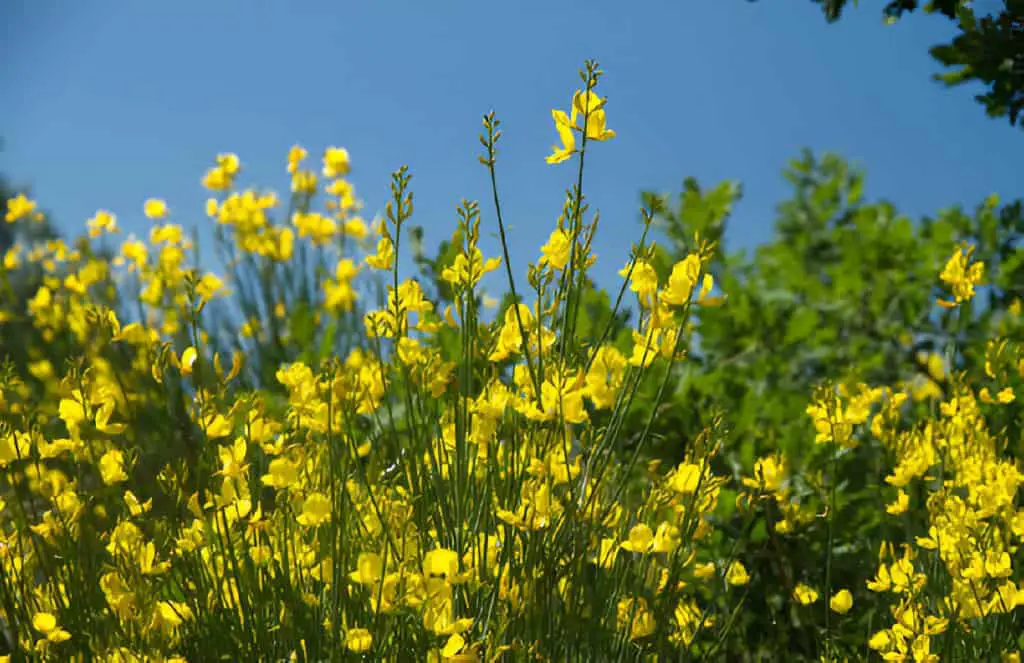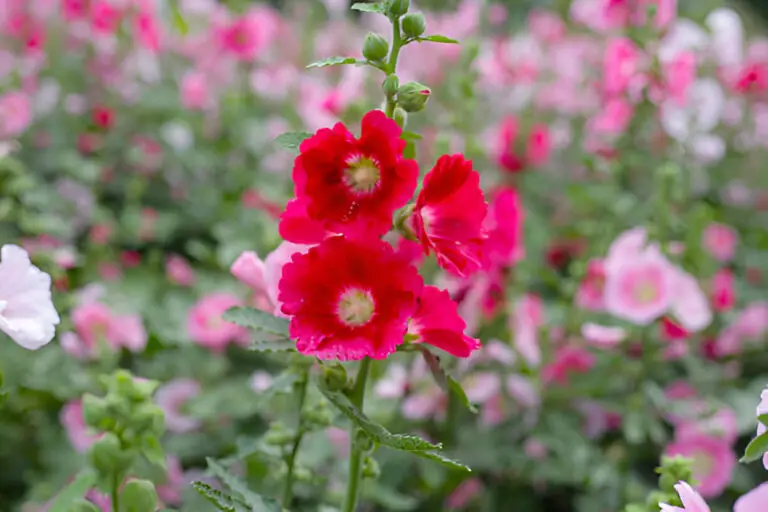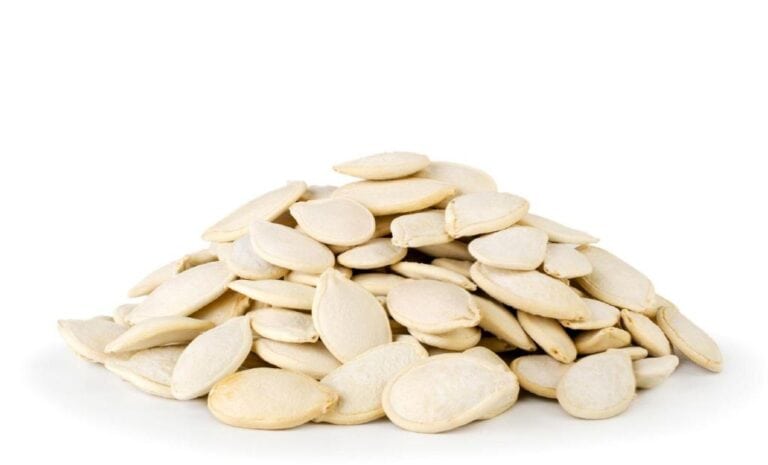How To Prune Broom Plant: Step By Step Trimming Guide

Have you ever wondered how to keep your broom plant looking vibrant and healthy year-round? Pruning is crucial for broom plant health. It’s key for beauty and longevity. But, knowing the right techniques can make all the difference.
Whether you’re a novice gardener or a seasoned pro, mastering the art of pruning can greatly improve the look and health of your broom plant. From shaping its growth to encouraging new blooms, proper pruning ensures your broom plant thrives in its environment.
In this guide, we’ll explore step-by-step instructions on how to prune your broom plant well. This will ensure it remains a stunning addition to your garden or landscape. Discover the secrets to lush foliage and vibrant blooms. Use simple pruning techniques tailored to your broom plant’s needs.
Understanding Broom Plants

Broom plants, scientifically known as Genista, are a diverse group of shrubs known for their vibrant yellow flowers and unique foliage. These plants belong to the Fabaceae family and are native to Europe, North Africa, and parts of Asia. They are characterized by their slender stems, small leaves, and pea-like flowers that bloom in spring or summer.
One of the most popular species is the Scotch broom (Cytisus scoparius), which is widely cultivated for its ornamental value. Broom plants are typically low-maintenance and drought-tolerant once established, making them ideal for gardeners looking for easy-care plants. However, they can become invasive in some regions, so it’s essential to check local regulations before planting them.
In addition to their ornamental value, broom plants have been used for various purposes throughout history. Traditional medicine has used the plant to treat many ailments. These include breathing and digestive issues. The plant’s strong, flexible stems have also been used for making brooms, hence the common name “broom plant.”
Why Prune Your Broom Plant?
Pruning is crucial for the health and longevity of your broom plant. It helps maintain its shape, encourages new growth, and removes dead or diseased branches. Pruning also helps air and sunlight reach plants. Both are vital for plant health.
When to Prune Your Broom Plant
Pruning your broom plant at the right time is crucial for its health and growth. The ideal period to trim your broom plant is late winter or early spring, just before the new growth starts. Pruning now ensures the plant can recover quickly. It can then put its energy into making strong new growth as the growing season begins.
By pruning in late winter or early spring, you help the plant prepare for the warmer months, leading to a more vibrant and healthy appearance. This timing also lets you shape the plant well. It lets you ensure it grows in a desirable form without overextending.
Additionally, pruning before the onset of new growth minimizes stress on the plant. The plant can focus on healing and sending nutrients to the new shoots. It won’t have to struggle to sustain old, overgrown branches. This practice makes your broom plant look better. It also encourages it to grow more vigorously all season.
| Read: How To Prune Chamomile Plant: Step By Step Trimming Guide |
Tools Needed for Pruning Broom Plan
When pruning a broom plant, having the right tools can make the task much easier and more effective. Here are some essential tools you’ll need:
- Pruning Shears: These are necessary for cutting branches up to 1/2 inch in diameter. Look for sharp, high-quality pruning shears to make clean cuts without damaging the plant.
- Loppers: For thicker branches (up to 1 1/2 inches in diameter), loppers are ideal. They provide more leverage and power than pruning shears, making them suitable for larger cuts.
- Pruning Saw: A pruning saw is useful for cutting thicker branches that loppers can’t handle. Choose a saw with sharp teeth and a comfortable handle for ease of use.
- Gloves: Gloves are essential. Sturdy ones protect your hands from thorns, prickles, and hazards while pruning.
- Safety Goggles: When using pruning tools, especially saws, it’s crucial to protect your eyes from debris. Safety goggles will keep your eyes safe.
- Disinfectant: To prevent disease spread between plants, use disinfectant. It’s key to disinfect your tools before and after pruning. Use a solution of one part bleach to nine parts water for this purpose.
Having these tools on hand will help you properly prune your broom plant, promoting healthy growth and a tidy appearance.
How to Prune Your Broom Plant: Step-by-Step Guide
- Gather Your Tools: You’ll need sharp pruning shears or loppers, gloves, and maybe safety goggles if the plant is very dense.
- Remove Dead or Diseased Branches: Start by inspecting the plant for any dead, damaged, or diseased branches. These should be removed to prevent the spread of disease and to improve the overall appearance of the plant.
- Thin Out Overcrowded Branches: Next, identify any branches that are crossing or rubbing against each other. These can be removed to improve air circulation and prevent disease.
- Shape the Plant: Broom plants can become leggy over time, with growth concentrated at the top. To encourage a more compact and bushy growth habit, prune back the top growth by one-third to one-half.
- Prune After Flowering: If your broom plant produces flowers, prune it immediately after flowering. This allows you to enjoy the blooms and ensures that you’re not cutting off next year’s flowers.
- Dispose of Pruned Material: Once you’ve finished pruning, be sure to dispose of the pruned material properly. Dead or diseased branches should be burned or disposed of in the trash to prevent the spread of disease.
- Monitor and Maintain: Throughout the growing season, monitor your broom plant for any signs of disease or pest infestation. Prune as needed to remove any affected branches.
By following these steps, you can keep your broom plant healthy and looking its best. Happy pruning!
| Read: Pruning Chinese Lantern Plants: How to Trim and Care Guide |
Common Mistakes to Avoid when Prunning Broom Plant
When pruning your broom plant, there are several common mistakes you should avoid to ensure the health and beauty of your plant. One common mistake is cutting the plant too late in the season. Late pruning can lead to new growth that is vulnerable to frost damage.
Another mistake is over-pruning, which can weaken the plant and make it more susceptible to disease. It’s also important to avoid cutting the plant too close to the ground, as this can damage the main stem and inhibit new growth.
Using the wrong tools for pruning is another common mistake. Using dull or improper tools can result in ragged cuts that are more prone to disease. Additionally, it’s important to avoid pruning during periods of drought or extreme heat, as this can stress the plant.
Lastly, failing to clean your pruning tools between cuts can spread disease from one plant to another. By avoiding these common mistakes, you can ensure that your broom plant remains healthy and vibrant.






